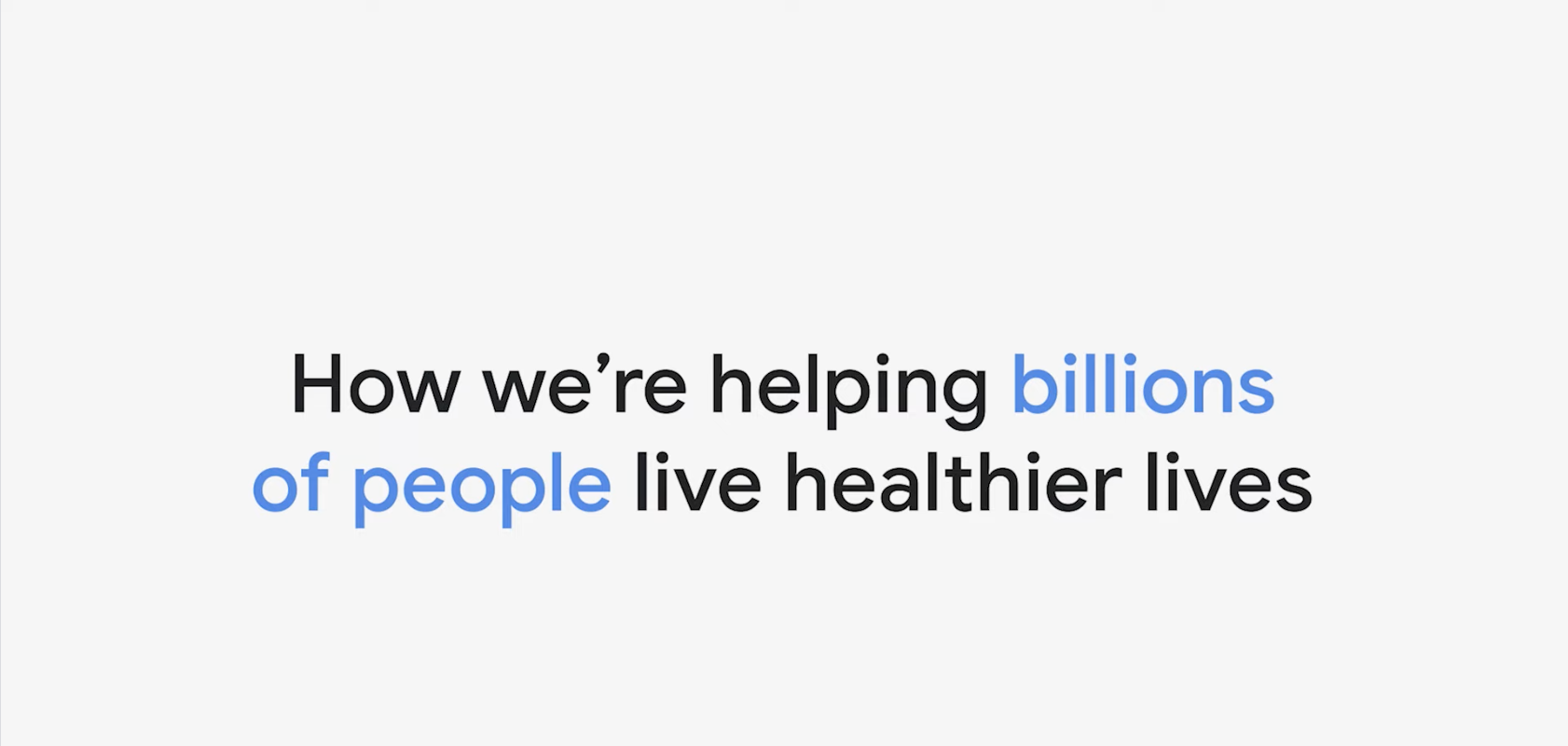The healthcare landscape is experiencing an accelerated transformation due to the convergence of various artificial intelligence (AI) techniques, such as random forest, generative AI, and deep learning.
This technological fusion is reshaping patient care, diagnostics, and treatment planning, leading to superior patient outcomes and experiences. In this article, we delve into six healthcare innovations that capitalize on the synergies of multiple AI techniques.
AI-Powered Healthcare Use Cases
| Topic | AI Techniques | Applications | Impact |
| Disease Prediction and Diagnosis | Random forest, deep learning, natural language processing | Timely disease detection, accurate diagnostics, treatment planning | By integrating random forest algorithms with deep learning and natural language processing, healthcare professionals can efficiently analyze patient data, medical records, and imaging. This comprehensive approach enhances disease detection and diagnosis, enabling tailored treatments to meet individual patient requirements. |
| Drug Discovery and Development | Generative AI, molecular docking, random forest | Drug design, precision medicine, disease targeting | The amalgamation of generative AI, molecular docking, and random forest techniques revolutionizes drug discovery and development. Generative AI generates novel molecular structures, while molecular docking evaluates compounds for success potential. Random forest algorithms prioritize candidates based on predicted efficacy and safety, optimizing the drug development process. |
| Personalized Treatment Planning | Deep learning, random forest, reinforcement learning | Treatment optimization, patient monitoring, risk assessment | Personalized treatment planning capitalizes on the synergy of deep learning, random forest, and reinforcement learning to optimize patient outcomes. These AI algorithms analyze patient data to identify optimal treatment options, adapting treatment plans based on real-time feedback and patient progress. |
| Prosthetics and Assistive Devices | Generative AI, biomechanical modeling, random forest | Prosthetic design, assistive device customization, patient rehabilitation | Integrating generative AI, biomechanical modeling, and random forest techniques results in advanced, personalized prosthetics and assistive devices. Generative AI produces custom designs, biomechanical modeling ensures functionality, and random forest algorithms predict device performance, yielding tailored and effective solutions. |
| Remote Patient Monitoring | Deep learning, time-series analysis, random forest | Patient monitoring, risk prediction, health management | AI-driven remote patient monitoring systems provide healthcare providers with invaluable insights into patient health from afar. By synergizing deep learning, time-series analysis, and random forest techniques, these systems analyze patient data, detect patterns, and predict potential health risks. This enables healthcare providers to intervene early and optimize treatment plans based on individual needs. |
| Billing and Claims Processing | Random forest, natural language processing, deep learning | Billing error reduction, claims processing, fraud detection | Payers can optimize billing and claims processing by combining random forest, natural language processing, and deep learning techniques. AI algorithms analyze patient data, medical codes, and billing information to identify potential errors and discrepancies, reducing claim denials and enhancing payment accuracy. Furthermore, these techniques contribute to fraud detection, resulting in significant cost savings for healthcare payers. |
Conclusion
The fusion of multiple AI techniques, such as random forest, generative AI, and deep learning, is driving a paradigm shift in the healthcare sector. These innovations enable accurate disease prediction, personalized treatment planning, improved patient care, and streamlined billing processes. As AI continues to progress, the
Expert Tip
For the CIO or CTO, the focus will need to be on how to rework their architectures to easily incorporate APIs (such as those from OpenAI and Stability AI) and embed “intelligence” into a wider swath of applications and processes.
Ready to embrace the future of AI?
Let’s join forces to transform your groundbreaking ideas into reality, ensuring a seamless integration of AI-driven solutions while prioritizing workforce development and responsible innovation. Reach out to us today and let’s create a smarter, more ethical, and more efficient tomorrow together!



